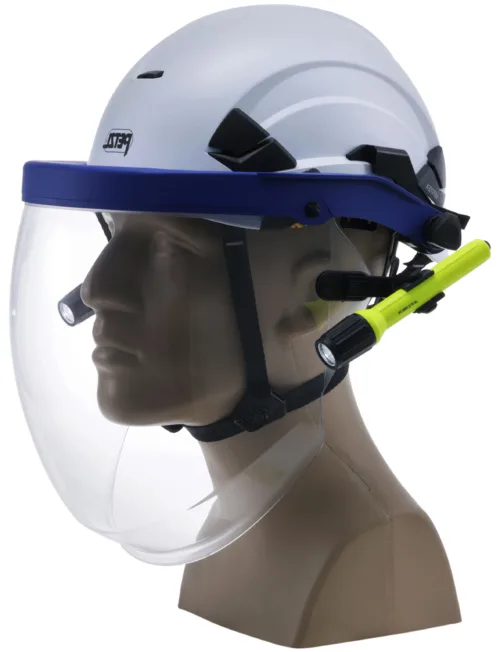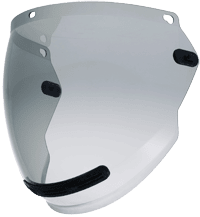In the dynamic landscape of industrial workplaces, the importance of prioritizing safety cannot be overstated. Among the myriad safety standards that govern protective equipment, ANSI Z87.1 stands out as a cornerstone for face and eye protection. In this blog, we’ll delve into some of the safety requirements of the ANSI Z87.1 standard, aiming to empower industrial workers with a nuanced understanding of the vital regulations that safeguard their most valuable assets – their face and eyes.
Understanding the ANSI Z87.1 Standard
The American National Standards Institute (ANSI) Z87.1 standard is the standard bearer when it comes to eye and face protection in industrial settings. This robust set of guidelines encompasses a wide range of safety aspects, ensuring that face and eye protective equipment meet stringent requirements for impact resistance, optical clarity, and coverage.
Impact Resistance
One of the primary objectives of ANSI Z87.1 is to mitigate the risk of injuries resulting from impacts. Industrial environments are rife with potential hazards, including flying debris, chemical splashes, and other projectiles. The standard mandates that protective eyewear and face shields must pass rigorous impact tests, providing a level of assurance that the equipment can withstand high-velocity impacts without compromising the safety of the worker.
Optical Clarity
Clear vision is paramount in any industrial task, and ANSI Z87.1 ensures that protective eyewear and face shields maintain optical clarity. The standard outlines precise specifications for lens quality, including measures to prevent distortion, haze, and other visual impairments. This not only safeguards the worker from potential accidents but also enhances overall productivity by facilitating a clear line of sight.
Coverage Requirements
Effective face and eye protection must cover the critical areas susceptible to injuries. ANSI Z87.1 meticulously defines the minimum coverage requirements, ensuring that protective gear shields the eyes, face, and surrounding areas adequately. This comprehensive approach minimizes the risk of injuries from various angles, providing a robust defense against unforeseen workplace hazards.
Marking and Certification
ANSI Z87.1-compliant protective gear is easily identifiable through specific markings. Manufacturers must label their products with the Z87.1 certification, indicating that the equipment has undergone rigorous testing and meets the stringent safety criteria. Workers should always look for these markings to guarantee that their protective gear adheres to the highest industry standards.
Promoting a Culture of Safety
Industrial workers play a pivotal role in their own safety and understanding the ANSI Z87.1 standard is a key component of this responsibility. Regular training sessions should be conducted to familiarize workers with the nuances of the standard, emphasizing the importance of choosing and maintaining compliant protective gear.
In the fast-paced world of industrial work, prioritizing safety is non-negotiable. ANSI Z87.1 serves as a beacon, guiding manufacturers and end-users towards a common goal – safeguarding the eyes and face from potential hazards. By adhering to this rigorous standard, industrial workers can carry out their tasks with confidence, knowing that their protective gear is a robust defense against the unpredictable challenges of the workplace. Stay safe, stay compliant, and protect what matters most – your vision and well-being.
For more information on ANSI Z87.1 and the world-class Paulson products that meet this standard, please contact us today.



